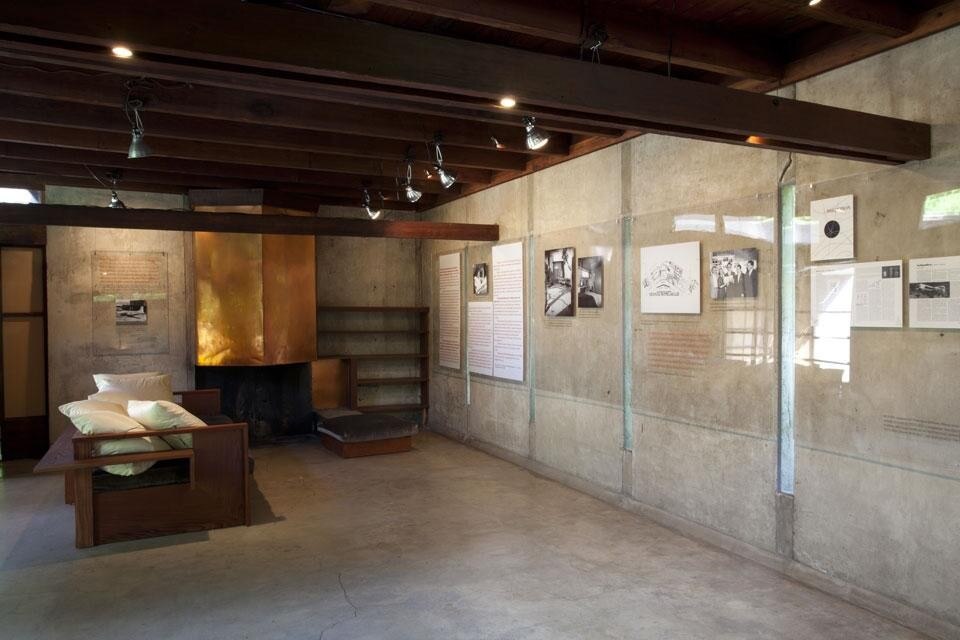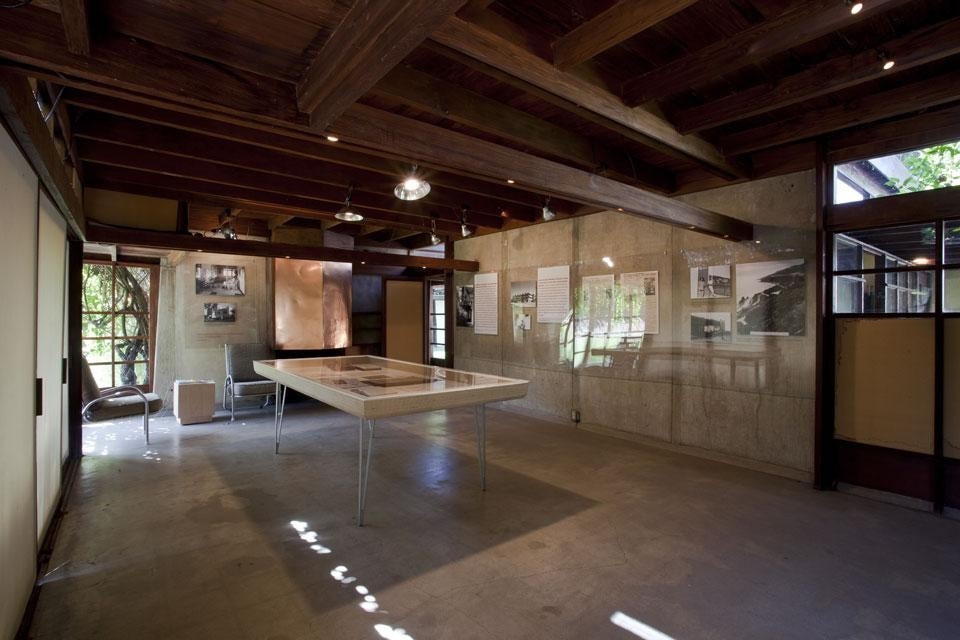Co-curated by Kimberli Meyer and Susan Morgan, Sympathetic Seeing is the first exhibition to chronicle the life and work of this writer, journalist, activist, and one-time draftswoman for R.M. Schindler. Though persuasive, the exhibition remains quiet enough to allow McCoy's words to speak for themselves. For example, the displays designated to Irving Gill's 1916 Dodge House, considered by many to be the first true modernist home in the West, are a well juxtaposed series of letters, documents and essays, effectively demonstrating the verbal hell McCoy raised in an effort to save the residence from demolition (sadly, not even McCoy could stop the wrecking balls in 1970). Through the course of this exhibition, The Dodge House, which lived just up the street from the Schindler House, comes to feel like an amputated limb—though no trace of it remains today, its absence is an enormous presence.
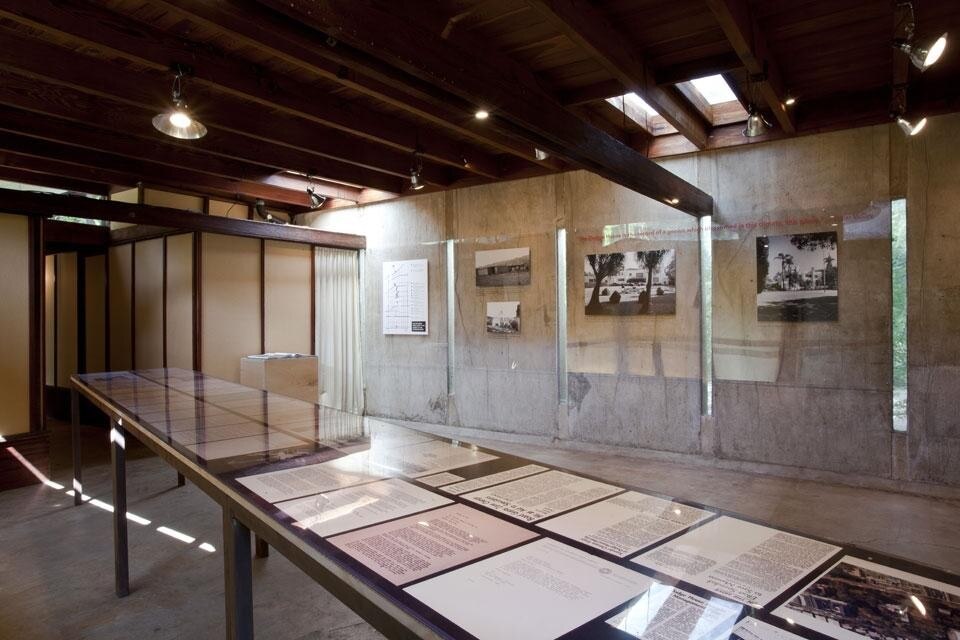
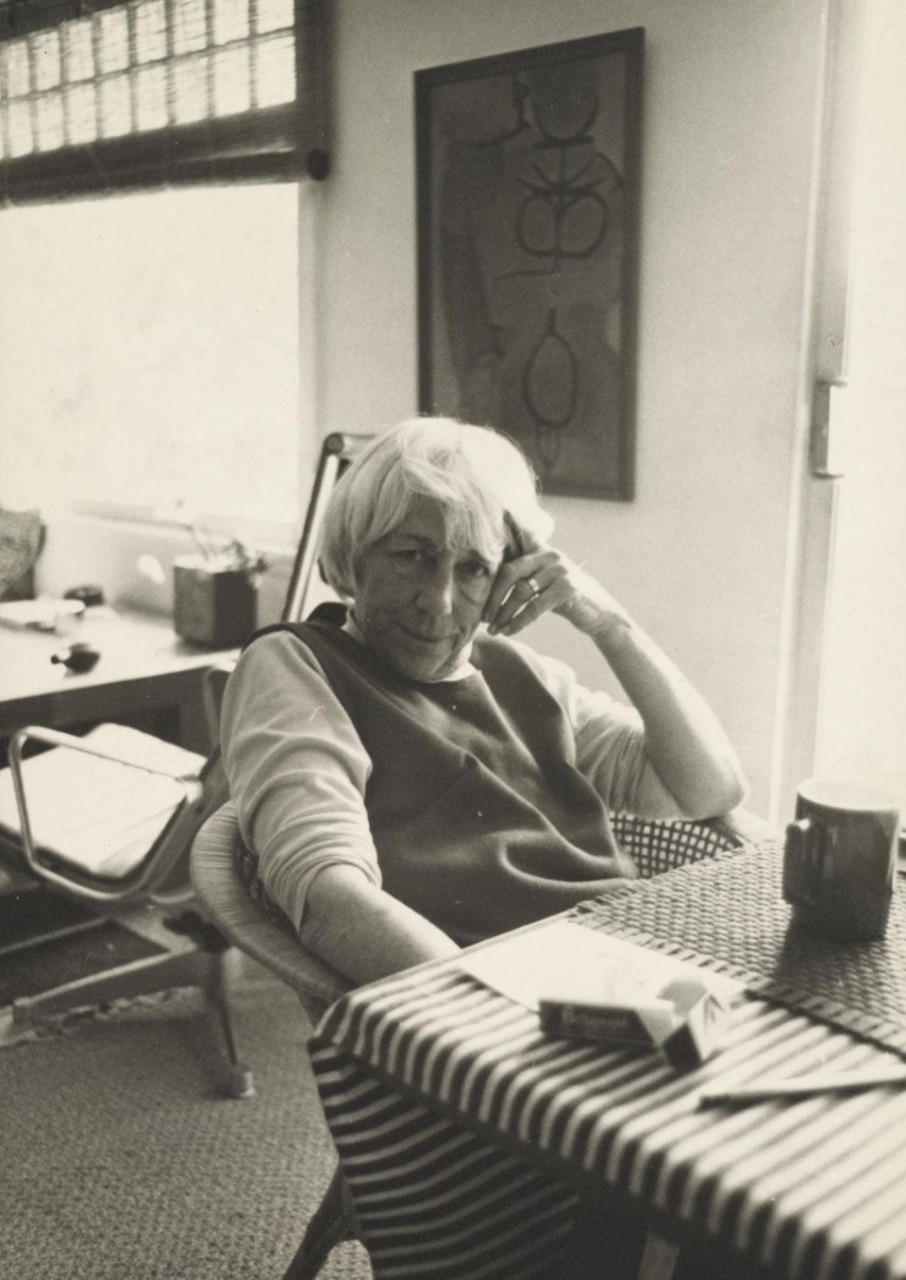
McCoy’s work went largely unrecognized for much of her life, and the exhibition makes evident that her accumulated body of work and her level of reputation is the result of decades, not days.
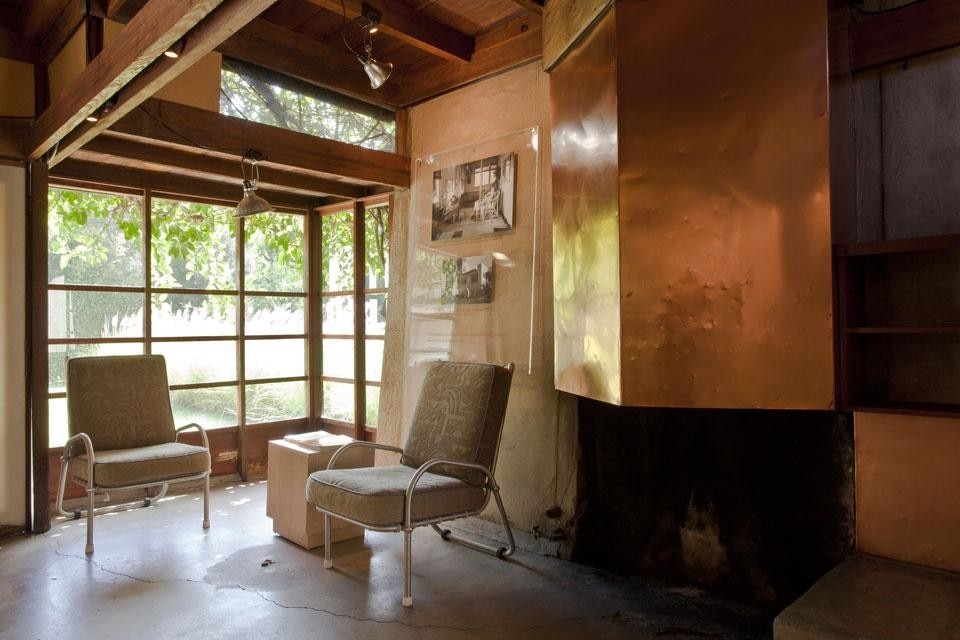
Katya Tylevich
